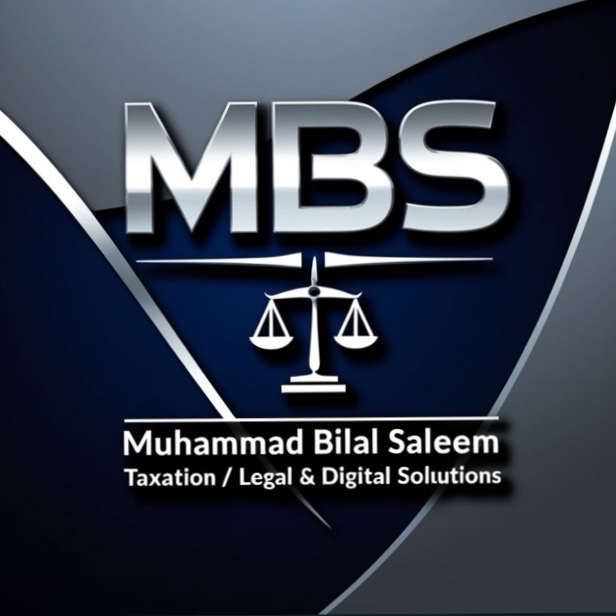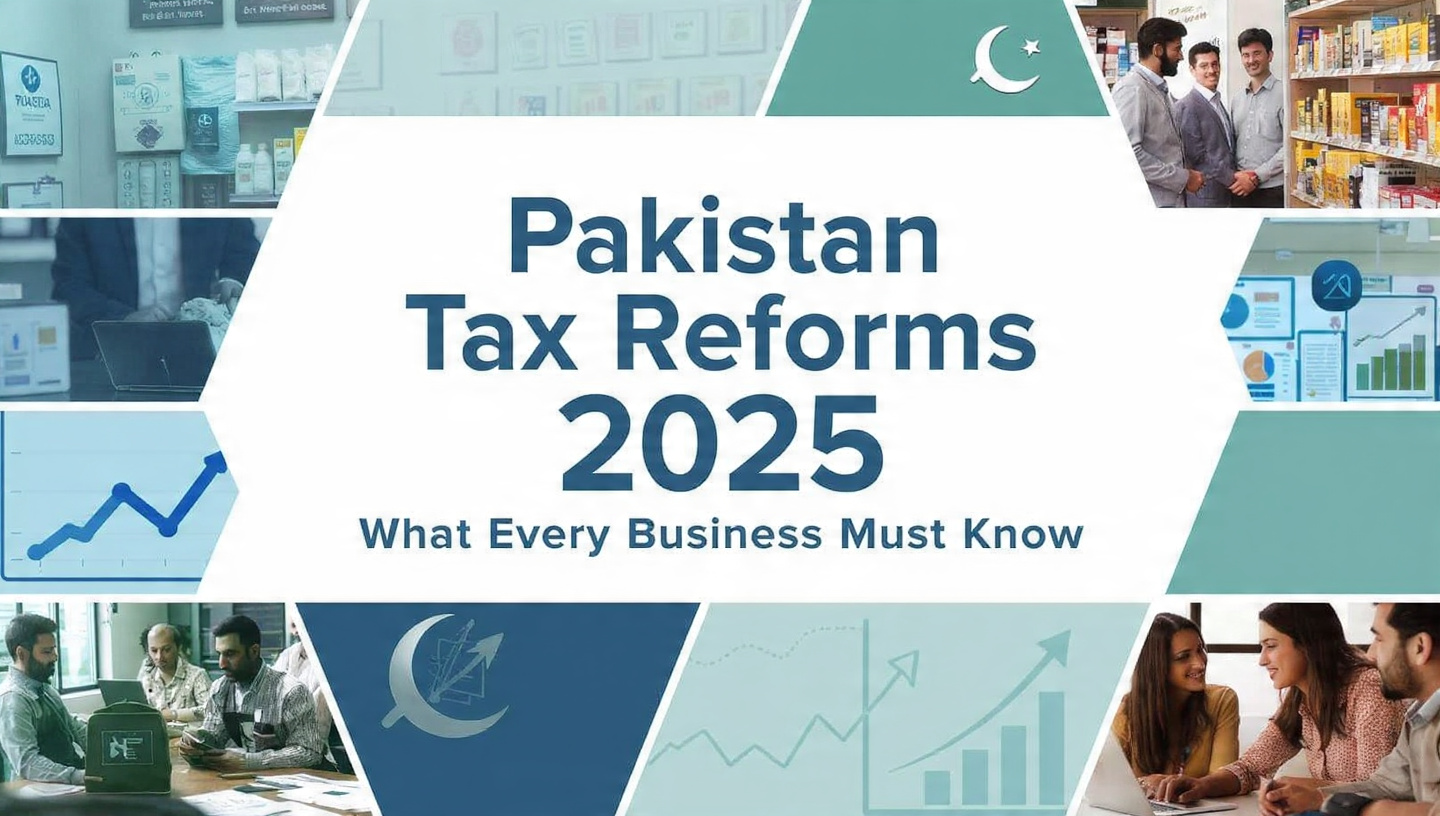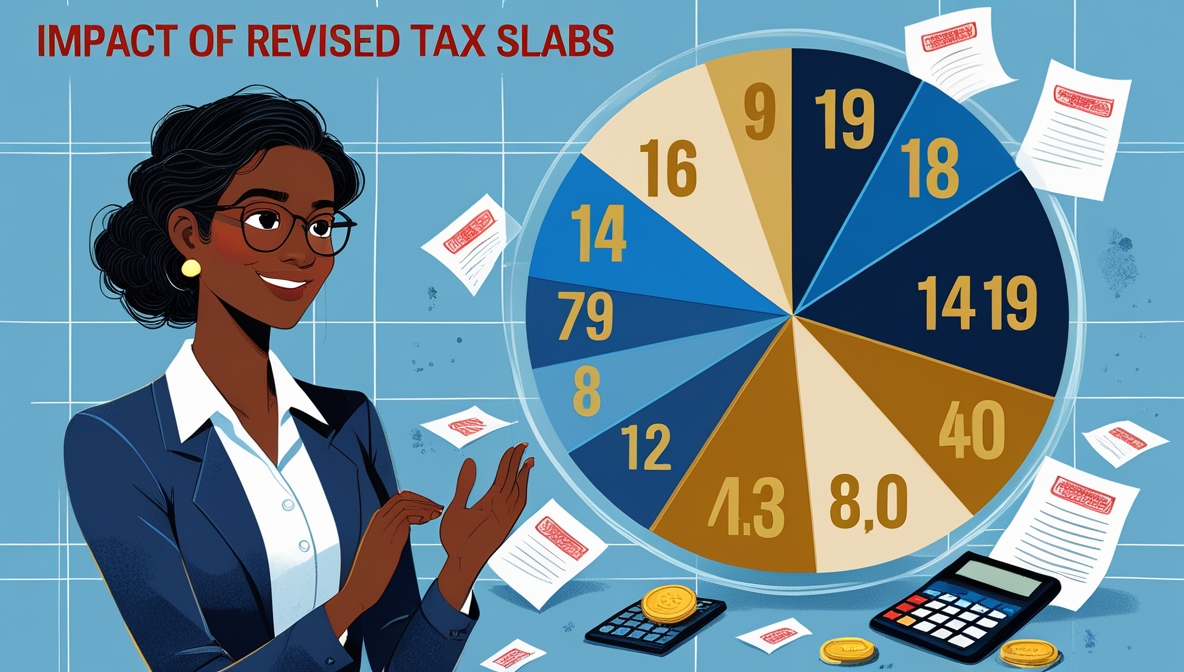
Introduction
Salaried Individuals in Pakistan
Pakistan’s tax landscape is undergoing significant changes with the Finance Bill 2024, which introduced revised tax slabs for salaried and non-salaried individuals. These amendments aim to broaden the tax base and address fiscal imbalances but have sparked debates about equity and compliance. Below, we analyze the 2025 tax brackets, their implications for different income groups, and the broader economic context.
2025 Tax Slabs: Salaried vs. Non-Salaried Individuals
Salaried Individuals in Pakistan
The revised tax structure differentiates between salaried individuals (e.g., employees) and non-salaried individuals (e.g., business owners, freelancers, or Association of Persons/AOPs).
Salaried Individuals

Salaried Individuals in Pakistan
| Taxable Income (PKR) | Tax Rate | Tax Payable |
|---|---|---|
| Up to 1,200,000 | 0% | 0 |
| 1,200,001 – 2,400,000 | 5% | 5% of amount exceeding 1.2M |
| 2,400,001 – 4,100,000 | 15% | 15% of amount exceeding 2.4M |
| 4,100,001 – 8,200,000 | 25% | 25% of amount exceeding 4.1M |
| Above 8,200,000 | 35% | 35% of amount exceeding 8.2M |
Non-Salaried Individuals/AOPs
Salaried Individuals in Pakistan
| Taxable Income (PKR) | Tax Rate | Tax Payable |
|---|---|---|
| Up to 1,200,000 | 0% | 0 |
| 1,200,001 – 2,400,000 | 5% | 5% of amount exceeding 1.2M |
| 2,400,001 – 5,600,000 | 15% | 15% of amount exceeding 2.4M |
| Above 5,600,000 | 25% | 25% of amount exceeding 5.6M |
Key Changes:
- Salaried individuals face a higher top tax rate (35%) for incomes exceeding Rs.8.2M, up from Rs.4.1M in 2024.
- Non-salaried individuals see a lower threshold for the top rate (25%) at Rs.5.6M, compared to Rs.8.2M for salaried earners.
- Super Tax: A 1% surcharge applies to incomes exceeding Rs.500 million, regardless of category.
Impact on Taxpayers
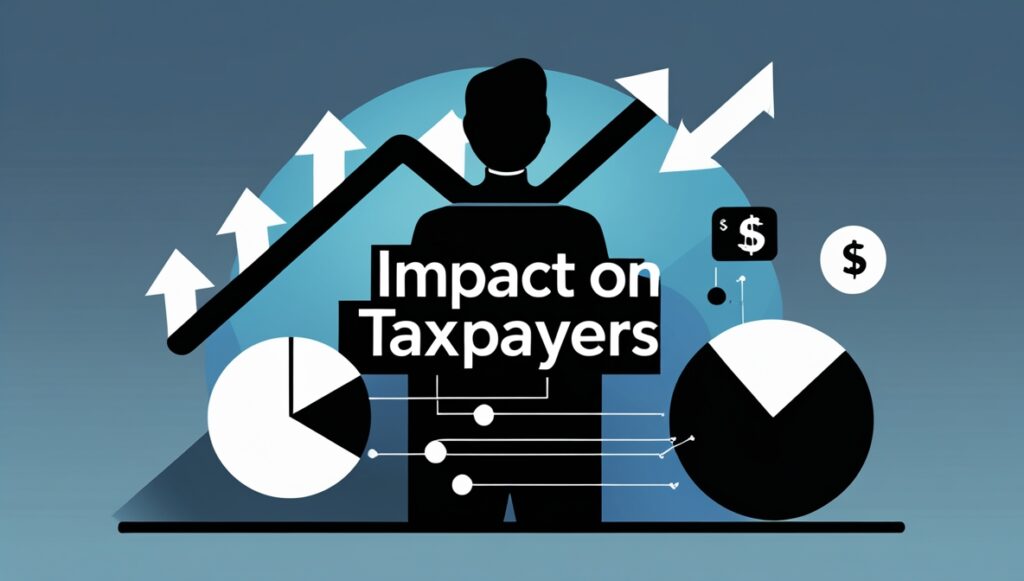
1. Salaried Individuals
Salaried Individuals in Pakistan
- Middle-Income Earners: Those earning Rs.4.1M–8.2M now fall into the 25% bracket, up from 15% in 2024. For example, a salaried individual earning Rs.6M will pay Rs.1.2M in tax (vs. Rs.720,000 previously).
- High-Income Earners: Those above Rs.8.2M face a 35% rate, increasing their liability. For instance, a salaried person earning Rs.10M will pay Rs.3.2M (35% of Rs.1.8M above the threshold).
- Criticism: Critics argue the reduced threshold for the top rate disproportionately burdens salaried professionals, who already face fixed income deductions (e.g., pensions, health insurance).
2. Non-Salaried Individuals/AOPs
Salaried Individuals in Pakistan
- Lower Threshold for Top Rate: Non-salaried taxpayers earning Rs.5.6M+ now pay 25%, down from Rs.8.2M in 2024. For example, a freelancer earning Rs.6M will pay Rs.1.2M (25% of Rs.4.8M above Rs.1.2M).
- Tax Equity Concerns: The disparity between salaried and non-salaried rates has drawn criticism, as salaried individuals face stricter compliance and higher effective rates.
Broader Economic Context
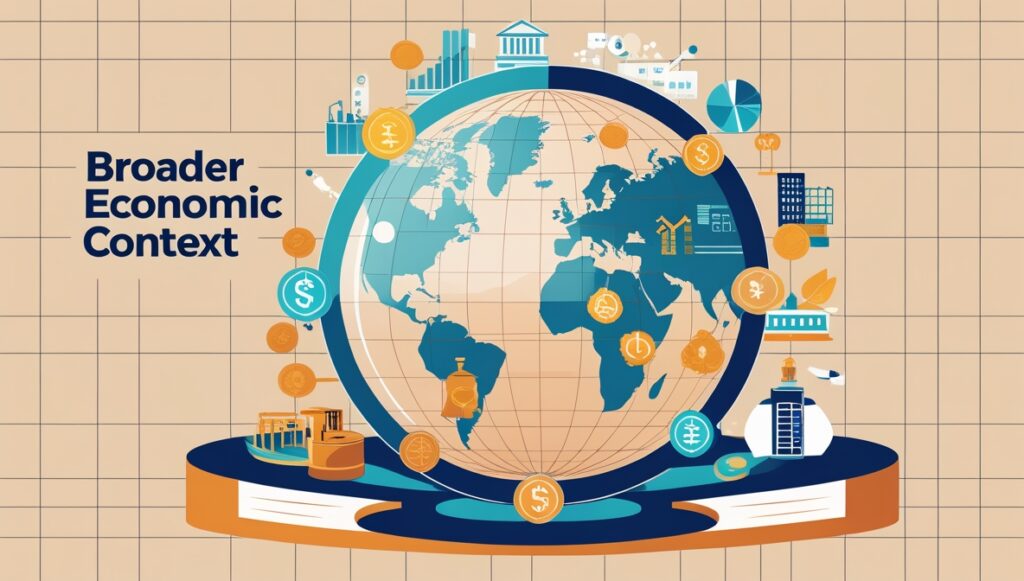
- Revenue Generation: The FBR aims to enhance tax compliance and meet its FY2025 target of Rs.9.4 trillion. Higher rates for salaried earners align with this goal.
- Inflation Adjustment: Despite inflation, tax brackets were not indexed, leaving middle-income earners vulnerable to bracket creep (paying higher rates as income rises nominally).
- Super Tax: The 1% surcharge on incomes above Rs.500M targets ultra-high-net-worth individuals, signaling a shift toward wealth redistribution.
Recommendations for Taxpayers
- Consult a Tax Professional: Ensure accurate filing under the revised slabs.
- Explore Deductions: Claim exemptions (e.g., donations, health expenses) to reduce taxable income.
- Monitor Policy Changes: The Finance Bill 2024 is subject to parliamentary approval; stay updated for amendments.
Conclusion
The revised tax slabs reflect Pakistan’s efforts to balance revenue needs with equity. While salaried individuals face steeper rates, non-salaried taxpayers enjoy relatively lower thresholds. Taxpayers must adapt to these changes and advocate for policies that address inflation and compliance challenges.
Stay informed with MBSTaxation.com for updates on Pakistan’s tax landscape!
Note: Figures and rates are based on the Finance Bill 2024 and may change pending legislative approval. Always verify with official FBR sources.
Contact Us
We’d love to hear from you! Whether you have questions, need guidance, or just want to chat about taxes (yes, it can be fun!), feel free to reach out.
Follow us on social media for updates, tips, and tax humor:
- Facebook: MBS Taxation
- Website: MBS Taxation
- Our Website Contact Form: Click Here
- Whatsapp Number: +923087543324
We’re here to simplify your taxes so you can focus on what matters most—your work, your business, and your life!
